

Here’s the good news.
Finally, we can be like Leonardo da Vinci’s in one small way. No, we are not getting his polymathic superpowers.
His penchant for taking free-flowing notes that filled notebooks with diagrams and scribblings is more achievable. Maybe, he knew that the human brain likes visuals more than words. Maybe, connecting words and images made him see things which most could not.
Today, we call these brain-cell like intertwinnings — mind maps.
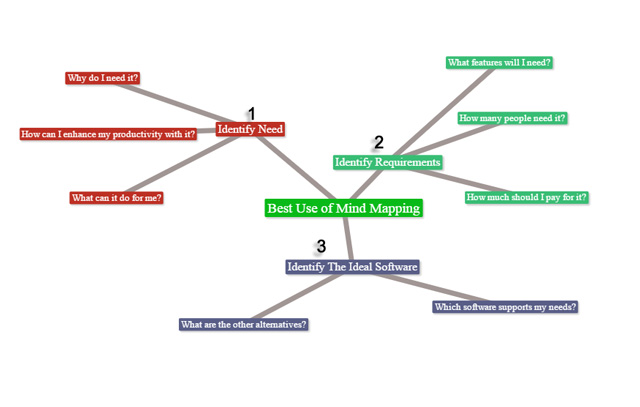
It is the most popular brainstorming technique of all. Count the hits on Google if you don’t believe me. Check the number of books British psychologist Tony Buzan wrote for promoting it. A tiny 140.
For a student, a mind map is a memory aid to review notes. For an office worker, a mind map can be a solo brainstorming tool or a collaborative one. Brainstorming groups at work use mind mapping techniques for problem solving and decision making. Want to develop an agenda for an annual conference or plan your time as a manager? Maybe, a mind mapped SWOT analysis can help spot a weakness or an opportunity?
You can apply a mind map to any office scenario.
Choosing from the many excellent mind mapping and brainstorming web apps and tools is a matter of nitpicking. But how should you go about selecting the right tool that doesn’t befuddle you? Keeping your needs front and center, here are few standout features you can look at:
We have covered many mindmapping tools here at MakeUseOf. You might have discarded some and may have settled on one. FreeMind, XMind, and MindJet are popular. As not every tool will tick all the boxes, here are a few more mind mapping tools to consider.
Platforms: Web, Chrome
This mind mapping Chrome extension deserves a look again for its sheer simplicity. Use it in the browser instead of installing it on Chrome. Coggle saves your work in the browser just as well. Coggle comes in three flavors – Free, Awesome, and Organization.
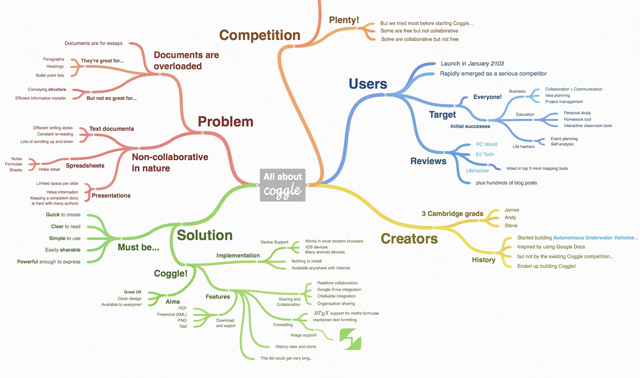
The free version allows you to create unlimited maps, so it should be good enough for your needs. The commercial versions come with features like presentation modes and unlimited private mind maps.
Noteworthy Features:
Platforms: Windows, Mac, iOS
MindMapple (ver. 1.71) is a desktop and iOS application that has free and pro versions on offer. The ribbon interface should be familiar.
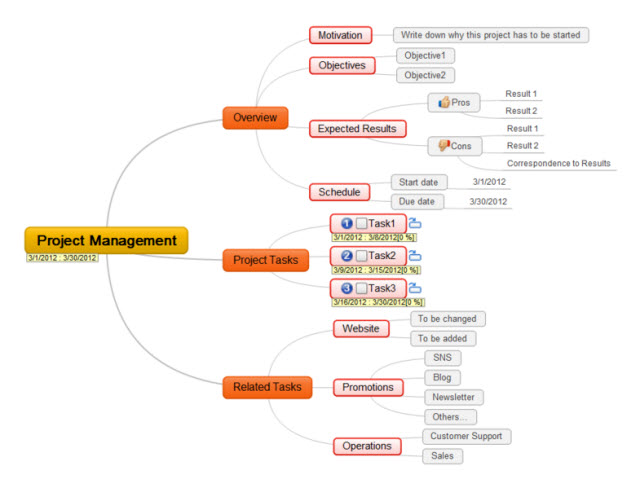
MindMapple is pre-loaded with themes and templates. Visual thinkers will like the software because it allows use of pictures and clip-art. Select any topic on your mind map and use the Clip Art library to add appropriate graphics. Cloud sharing via Google Drive is a key beta feature, but it’s not functional due to API changes.
MindMapple has powerful set of features for handling larger projects. Multiple mind maps can be collated in one document. You can track topics with priority and schedules – an essential for project management.
I would definitely recommend MindMapple for its completeness. The Pro version gives you advanced features like PDF export, password security, and advanced Microsoft Office exporting.
Noteworthy Features:
Platforms: cross platform
NovaMind is a cross-platform brainstorming software. Try it on Windows desktop, Windows 8, iPad, Mac OS X, or Android, and online as NovaMind Cloud. It is a commercial software but has a capable free version. NovaMind starts you off with an interactive tutorial to introduce the basic concepts. A demo mind map is built as the tutorial progresses.
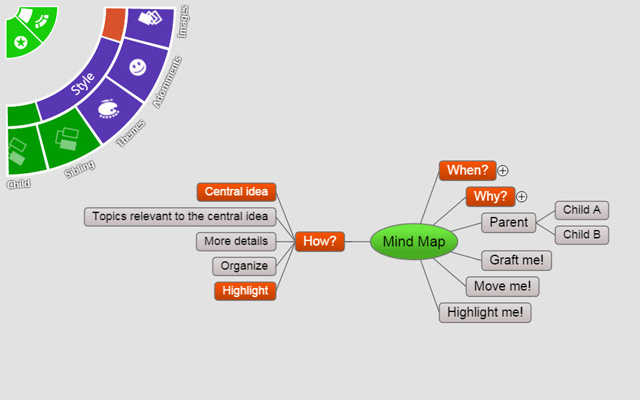
The application has a useful layout engine that helps you design quickly as the topics are not allowed to overlap on top of each other. A unique user-friendly “dial” holds all the mind mapping commands.
The Lite version is useful for trying out the software. It suffers because it doesn’t offer options to save or export mind maps in different formats.
Noteworthy Features:
Platform: Web
Text2Mindmap is one of my favorites for one reason – speed. As the name indicates, the online tool allows you to put down your thoughts as a text list. Each text line will become a node in the mind map. An indent (with a press of the TAB key) on the list translates into a new branch of nodes.
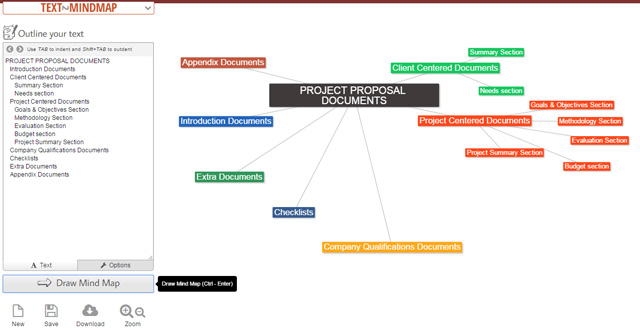
Text2Mindmap is free for this core purpose. Mini ($5/Month), Standard ($9/Month), and Pro ($11/Month) subscriptions open up more features, like private accounts, more storage space for maps, and printing mind maps without ads.
Noteworthy Features:
Platform: Windows
Blumind is three things everyone loves — powerful, portable, and free. The download is less than 1MB. Within that small portability factor Bluemind doesn’t pack in many bells and whistles. But it has all the basics for simple mind maps.

Apart from mind maps, you can use the freeware to create org charts, logic charts, and tree diagrams too. The software has a tabbed interface. You can import pre-existing mind maps from FreeMind. Import from Excel spreadsheets is also available.
Blumind also has an internal timer. That is useful for using a timed constraint for your brainstorming sessions. I would vouch for Bluemind, if you are looking for a simple portable mind mapping alternative.
Noteworthy Features:
Platforms: Web, Chrome
Sketchboard is more of a collaborative whiteboard rather than a dedicated mind mapping program. But whiteboards are vital for collaborative brainstorming paired with a good chat app.
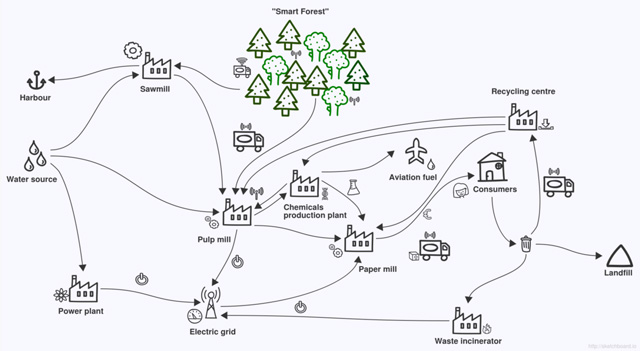
You can also integrate Sketchboard with team tools like Slack, Google Drive, HipChat, GitHub, and FlowDock. Check out the Sketchboard user gallery for some fine examples.
Like the majority of mind mapping tools, Sketchboard.io also comes with a choice of free and paid plans. The free plan is for 5 users.
Noteworthy Features:
Platforms: Windows, Mac, OS X, Linux
The Visual Understanding Environment (VUE) is an Open Source project from Tufts University. The latest version of the software was released in October this year. The cross-platform mind mapping program is designed for teaching, learning, and research.
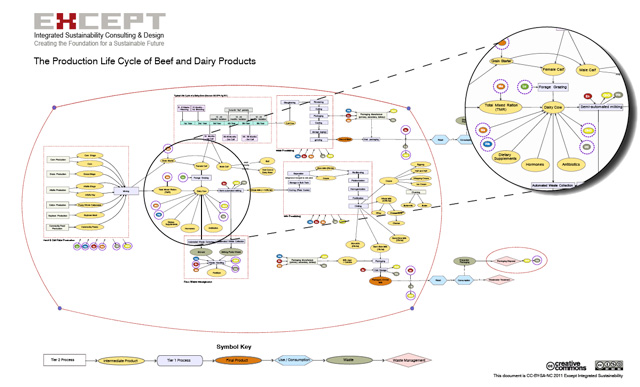
But you can re-purpose it according to your ideation needs. For example, VUE handles complex maps well. An Outline window is just the thing for concept maps that get too complex.
In the above screenshot example, Eva Gladek of Except Integrated Systainability uses VUE to create system maps of production processes.
Noteworthy Features:
Platform: Web
Start mind mapping without logging in with this free online application. WiseMapping takes minutes to master. It works on all modern browsers as it uses vector graphics and HTML5 to render the mind maps.
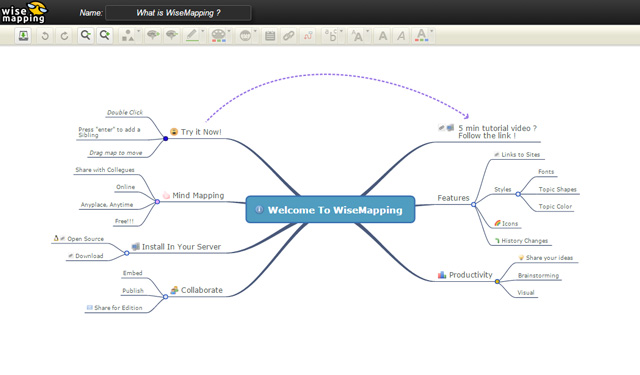
You can start using it without logging in. But without an account, you can create just one mind map and when you exit the program, your mind map will not be saved.
Noteworthy Features:
This article is about the lesser known, but capable programs out there. Do look into what has come before.
We have covered mind mapping applications for the iPad, brainstorming with Android, mind mapping apps for the Mac, and a Google Drive add-on like MindMup.
We have also re-purposed Microsoft Word as an effective mind mapping tool.
Before you pick the right software, you have to decide its role in your workflow. Maybe, asking yourself these questions will help.

Your answers will help to benchmark the best fit for the job. If your needs are extensive and system-wide, then a commercial powerhouse like MindMeister or MindJet works best. If you are already on Windows 10 and not looking for that elephant gun, but something simple – choosing M8 will save you a lot of bother.
Remember, it is as much about elimination as it is about selection.
Do you use mind mapping in the office or for personal brainstorming needs? Which is the one software you would recommend? Or do you feel that the humble pen and paper is the best bet for those intangible cognitive benefits? Pour your heart out in the comments.
Image Credits:Mind Map by Ellagrin via Shutterstock



